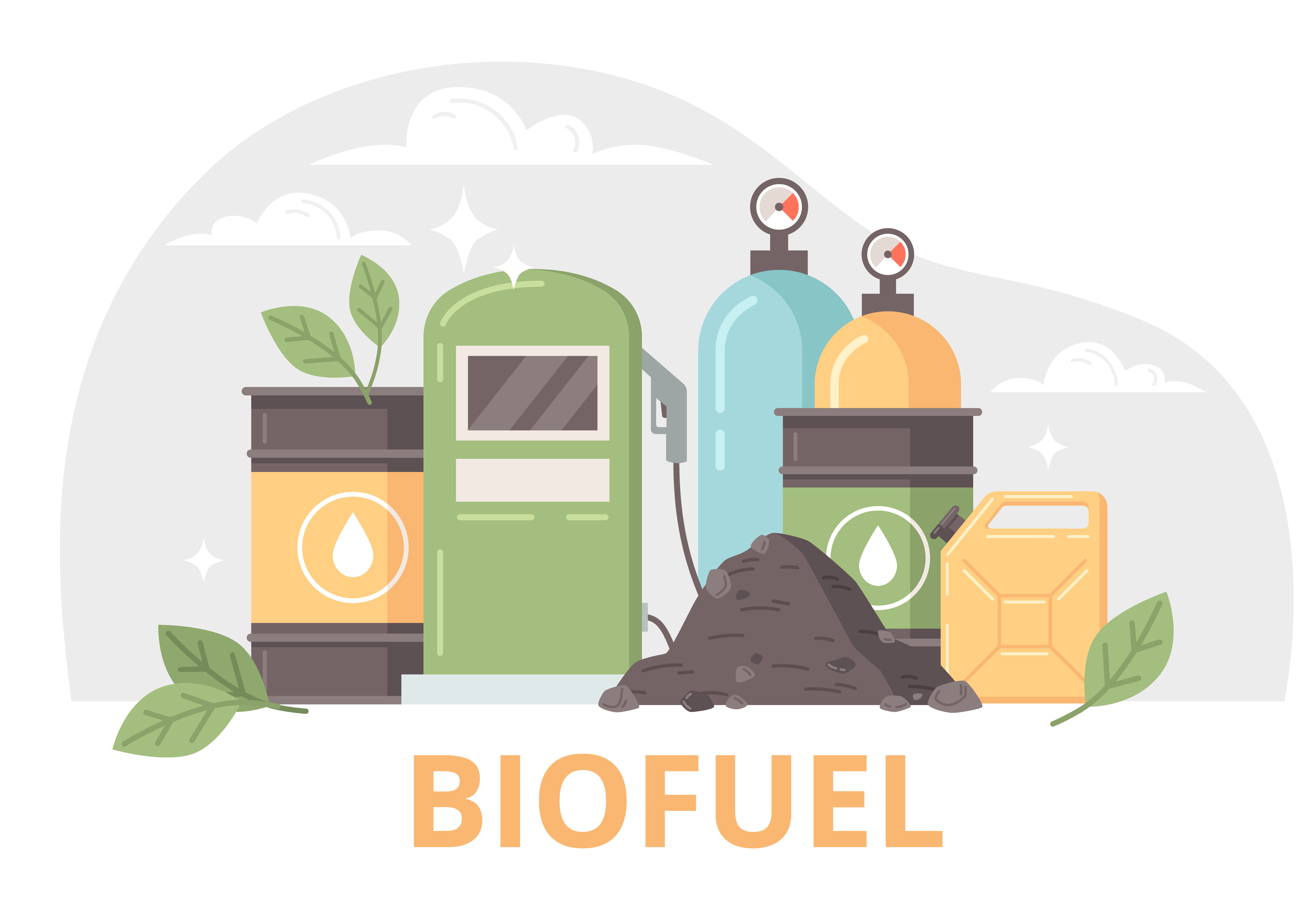Defining the Energy Transition: Key Trends to Watch in 2025

The year 2025 is poised to be pivotal, challenging traditional energy paradigms and fostering a “new energy Trends 2025” ecosystem. This article delves into the top five trends that industry leaders must monitor to thrive in this dynamic environment.
Trend 1: A Decisive Year in Global Climate Agenda
Outlook and Commercial Implications
The global climate agenda faces a decisive year, with countries expected to submit their “nationally determined contributions” (NDCs) outlining climate actions through 2035. COP30 in Belém, Brazil, in November, will serve as a critical test for these commitments. The success of global climate efforts hinges on how major emitters and vulnerable nations respond to evolving geopolitical challenges. This context directly impacts the regulatory landscape and investment climate for new energy technologies.
New energy Trends 2025.
Strategic Takeaways
- Policy-driven volume opportunity: The evolving regulatory frameworks surrounding NDCs will dictate the pace and scale of investments in renewable energy and clean technologies.
- Risk Mitigation: Companies must closely monitor policy shifts and international agreements to mitigate risks and identify new market openings for sustainable solutions.
Trend 2: The Future of Climate Action Hangs in the Balance
Geopolitical Landscape & Investment Dynamics
Global uncertainty continues to loom over climate policy, following recent geopolitical developments that directly impact energy security and supply chains. This complex environment necessitates a careful balancing act between energy security, affordability, and sustainability. Investments in clean energy are often delayed due to policy uncertainties and fluctuating energy prices, leading to a re-evaluation of net-zero targets.
Strategic Takeaways
- Channel Consolidation Potential: The need for stable energy sources may drive consolidation or strategic partnerships in the short term, impacting competitive dynamics.
- Price-Volume Efficiency: Focus on technologies and solutions that offer superior price-volume efficiency, proving their commercial viability amidst market volatility. This includes robust solutions for energy storage and smart grids.
Trend 3: A “New Energy” Ecosystem is in the Making
Innovation & Value Chain Formation
Despite ongoing uncertainty, a new energy ecosystem is rapidly taking shape. This involves fostering innovation across the energy value chain and building new, interconnected value chains. Companies like ENI and Envirotainer are leading the way, demonstrating how moving beyond traditional boundaries can unlock new revenue streams and achieve desired returns. This trend encompasses the growth of solar, wind, and advanced battery technologies.
New energy Trends 2025.
Strategic Takeaways
- New Actives Positioning: Identify and position new energy technologies and solutions in emerging niches, such as green hydrogen, sustainable aviation fuel (SAF), and advanced nuclear.
- Distributor Targeting: Develop targeted strategies for new distributors and partners within this evolving ecosystem, particularly for next-generation energy infrastructure components.
Trend 4: Time to Fly with Sustainable Aviation Fuel (SAF)
Mandates, Market Acceleration & Challenges
The year 2025 will witness significant regulatory shifts for Sustainable Aviation Fuel (SAF), with UK and European mandates coming into effect. These mandates require SAF to comprise at least 2% of all jet fuel for flights departing from the EU and UK, signalling a defining moment for the aviation industry. This creates a strong demand driver and a clear volume opportunity for SAF production and distribution.
Strategic Takeaways
- Volume Opportunity: Focus on scaling SAF production and supply chains to meet impending regulatory demand.
- Sales Prioritization: Prioritize sales efforts in regions with active mandates and strong governmental support for SAF adoption. Consider the biological nematicides ROI analogy here, demonstrating clear, measurable benefits will drive adoption.
Trend 5: The Nuclear Renaissance & a Question for Clean Hydrogen Off-takers
Emerging Technologies & Supply-Demand Dynamics
As traditional grids face pressure to adapt and decarbonize, small modular reactors (SMRs) and advanced nuclear technologies are emerging as promising solutions for stable, low-carbon power. Simultaneously, clean hydrogen remains a major contender in the clean energy space, but the supply-demand gap continues to be a critical challenge. The year 2025 could be a make-or-break year for hydrogen development, with its adoption heavily reliant on subsidies and the establishment of robust logistics.
Strategic Takeaways
- Commercial Re-framing: Frame the value proposition of clean hydrogen and nuclear solutions in terms of long-term energy security and industrial decarbonization, rather than just emission reduction.
- Canadian Nematicide Brand Fragmentation / Channel Dominance Signal (analogy): The nascent nature of the clean hydrogen and nuclear markets means the competitive landscape is still evolving, offering opportunities for early movers to establish channel dominance or navigate a potentially fragmented brand structure for new technologies.
Explore Kline’s New Energy Intelligence
Kline’s comprehensive reports and advisory services provide in-depth coverage across:
- Trends in sustainable aviation fuels (SAF Watch Tower)
- Biofuels and renewable natural gas (Biofuels Watch Tower, RNG Watch Tower)
- Hydrogen production and infrastructure (Hydrogen Watch Tower)
- Recycling technologies for energy materials (Recycling Watch Tower)
- Market analysis for specialized fluids like Electric Vehicle (EV) Fluids
Explore Electric Vehicle Fluids Data in Product Hub →
Visit our Product Hub to filter Electric Vehicle Fluids Data by technology, region, or application—and identify volume growth drivers tailored to your commercial needs, including specialized fluids for EVs. See volume trends, active ingredient performance, and regional usage patterns for emerging energy applications.
current global energy trends 2025.
